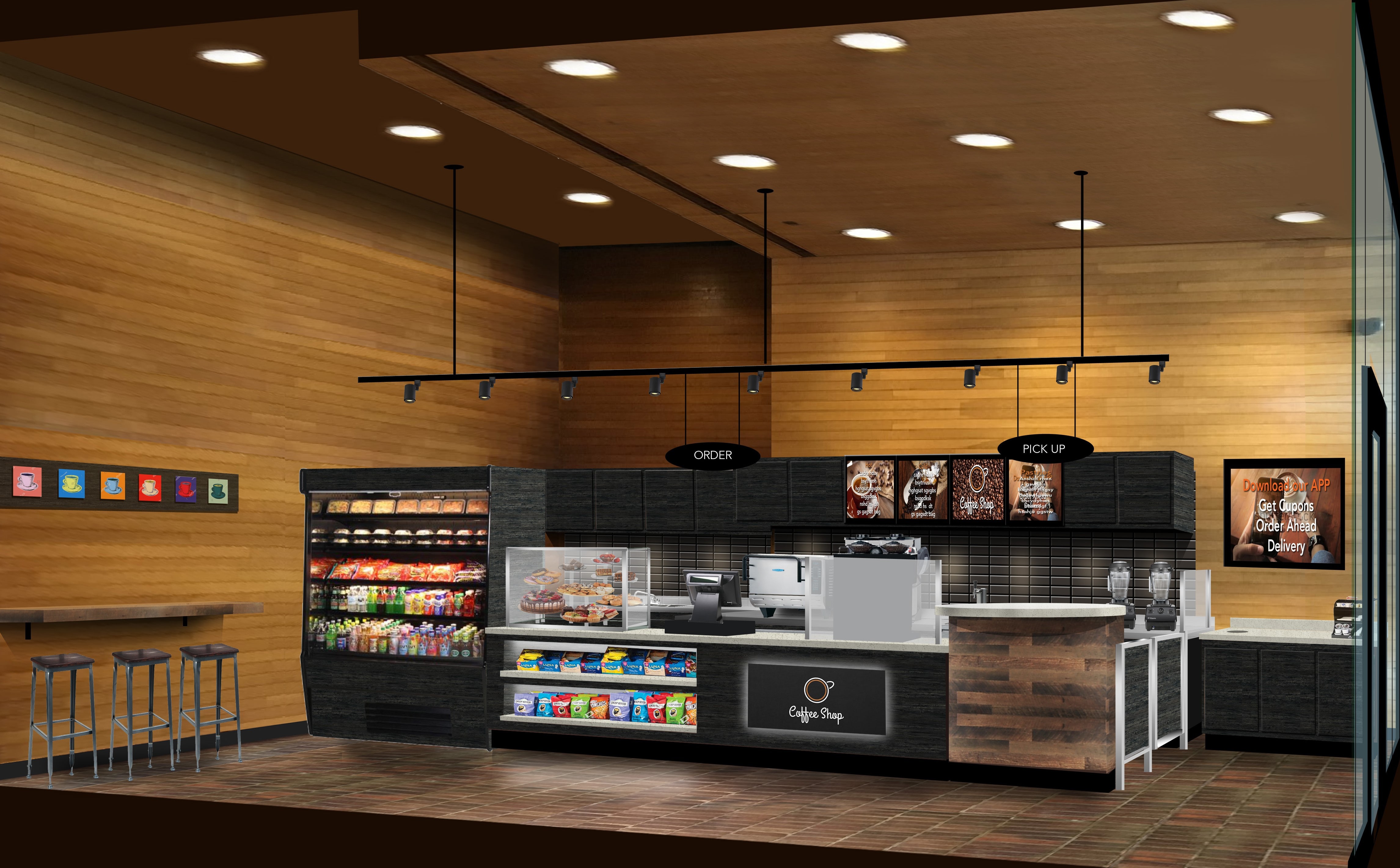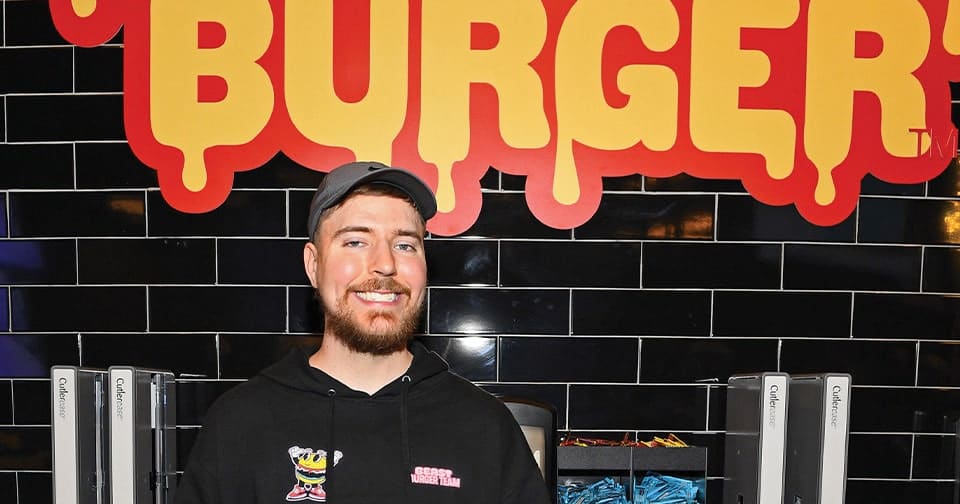
Foodservice. While the food is the outcome consumers are looking for, the service creates success from the operator’s perspective. Efficiency, ease- of-use, durability, and versatility are all important factors in making an operation more profitable. These are the givens.
The past year has also provided some important directions for operators that weren’t as common just a year ago. Among all the challenges caused by the Covid-19 pandemic, a handful of food and beverage trends emerged, and some of those trends will impact the future of foodservice.
Can we please reconnect?
More than any other trend, the connective power of a good meal is the most important. After months of eating in isolation, beyond all the Zoom dinner parties that were all the rage just a year ago, we’re ready to return to a world where the sharing of a meal can unite us. Powerful dining experiences go beyond what’s on the plate.
Leave it to the foodservice industry to readily adjust, though. While it was a struggle, innovative minds everywhere, from school nutrition directors to fine- dining restaurateurs, found ways to
keep moving forward. Meal kits, in-class delivery, the expansion of outdoor dining, and unique delivery systems helped keep people fed and connected.
We’re not there yet, but reconnecting over food is returning to how it used to be.
What will foodservice look like?
The examples above show how we changed, and those changes have turned operation styles upside down. How foods are prepared and served is matched only by how and where foods are consumed.
Foodservice operations don’t look the way they did in 2019. The traditional footprint has been usurped by ghost kitchens. Independent restaurants have developed their own delivery models. Groceries and retail look more like fast casual cafés, and, the emphasis in foodservice has been more on supplying food versus the space for consuming it.
In the midst of all the change, there’s one thing that’s stayed the same – the consumer. Safety concerns have changed customer habits, but beyond that, diners still want menu diversity and high quality. Now they just want it curbside, delivered in more accessible ways, and using methods that promote safety.
The Covid-19 pandemic will end eventually, but the convenience foodservice operators provided in the last year will continue to be profitable in the future.
Why is staffing such a challenge?
We had traditional labor challenges – finding great, reliable staff; training employees to be the most efficient and effective workers possible; and then retaining staff members so the first two steps weren’t for naught. Then the Covid-19 pandemic hit, and upwards of 50% of foodservice employees were either let go or furloughed. Moving forward, operator challenges as they relate to labor, will be impacted by a shifting workforce and the remnants of Covid.
Even after all the challenges of the last year, a lack of labor is becoming an issue for many operators in the foodservice and hospitality industries. This has forced operations to do more with less, and that translates to kitchens that rely on technology, automation, connectivity, and artificial intelligence.
When operations commit to streamlined processes and easy-to-use foodservice equipment, staffing challenges can be minimized.
When designing your foodservice around the latest trends, Multiteria leads the way. Visit multiteriausa.com to start your design today.
SOLUTIONS MAKING A DIFFERENCE:
These trends will impact foodservice operations in many ways. The challenge is how to maximize staff to deliver foodservice in new ways that will allow customers to reconnect. The answers will often be rooted in foodservice equipment solutions. Multiteria can help.
Mobility
Look for carts and serving stations that are mobile and multi-use. K-12 programs serving outside of classrooms or maneuvering to dining spaces other than the traditional cafeteria can lean on the M-Power serving lines. Narrow enough to fit through doorways, now operators can control where they serve. Essence serving lines can be designed to match the needs of any space you serve. Easily break down and set up lines in different areas of your serving space.
Modular and portable
Remote retail grab-n-go marketplaces are becoming more popular as foodservice establishments look to minimize large numbers of patrons congregating in central dining areas. Foodservice operators are looking for modular portable counter components that can easily transform remote locations into pop-up retail venues that offer more limited, but high-quality menu offerings in an attractive setting.
Multiteria’s modular retail counters can be arranged in different configurations to suit a specific menu or space and can be repurposed and reconfigured when traditional foodservice returns to some kind of normalcy.
Attractability
Whether you are designing a more engaging K-12 serving area or a more upscale dining environment in higher education, healthcare or B&I, Multiteria has a counter series that is a perfect fit. From our contemporary modular M-Power series, to Essence; our most flexible and customizable counter line and our seamless, premium finish Meritage series, make the first look count. Multiteria, Leading by Design.
Further details:
For more information, please visit multiteriausa.com.




